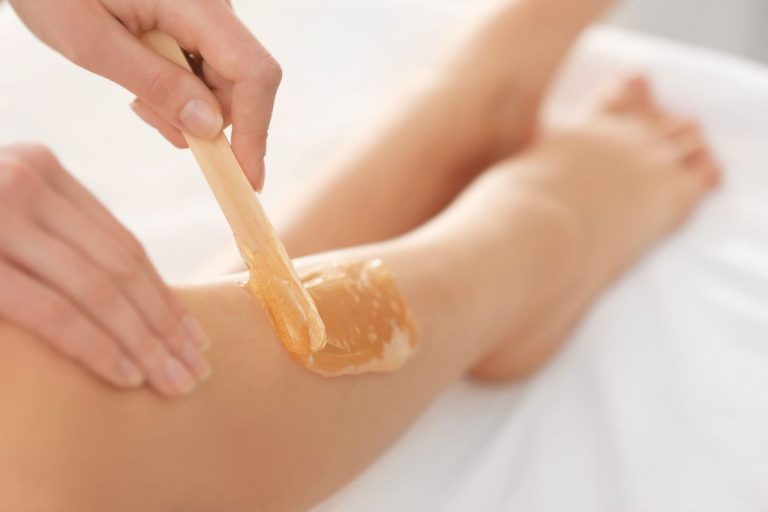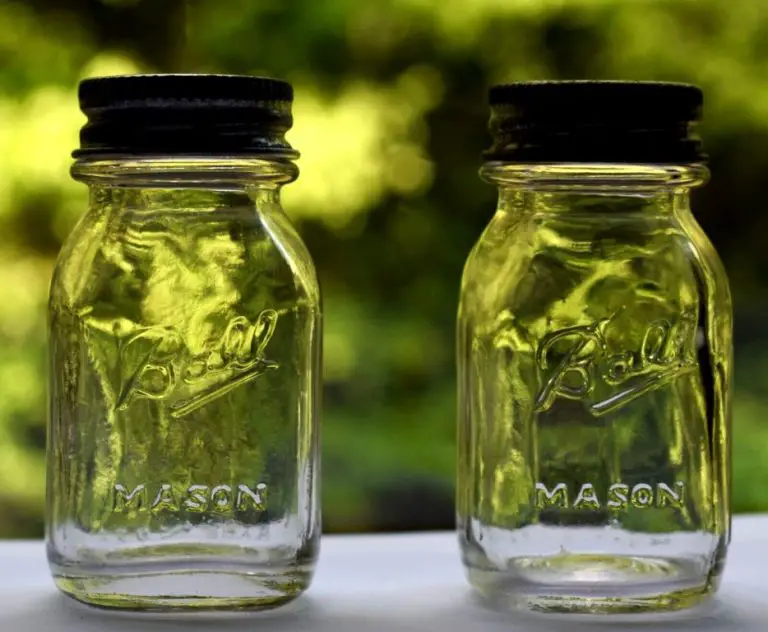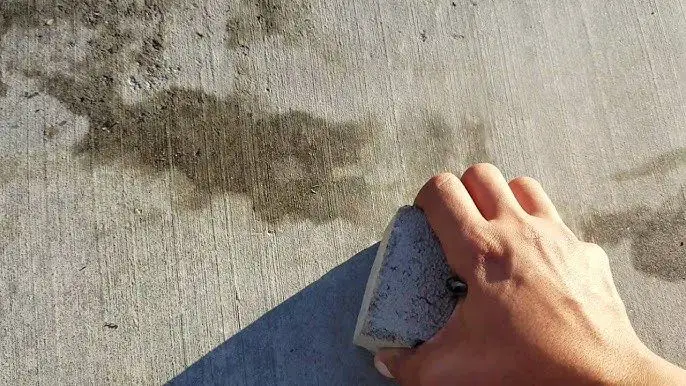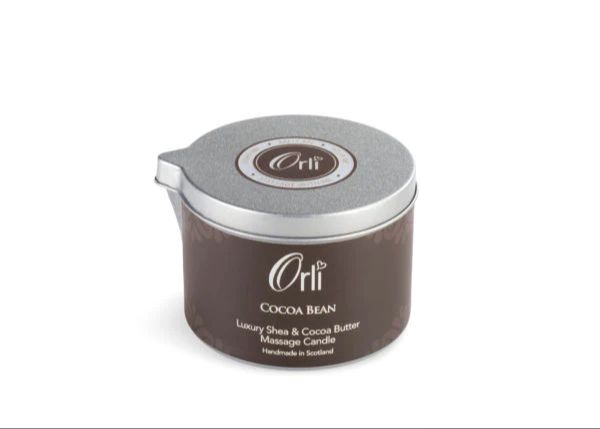Will Wax Melts Burn Like A Candle?
What Are Wax Melts?
Wax melts, also sometimes referred to as wax tarts, are small pieces of scented wax that are heated to release fragrance. Rather than having a wick like a candle, wax melts are melted in an electric wax warmer that gently heats the wax to diffuse the scent.
Wax melts are available in many different scents and types of wax. Common types of wax used for melts include soy wax, paraffin wax, and a blend of the two. The wax is infused with fragrance oils to give it a specific scent when heated. Popular scents include fruity smells like apple and cinnamon, floral fragrances like lavender, and holiday scents such as pumpkin spice.
The main way that wax melts are used is in electric wax warmers. The melts are placed in a small dish that sits atop the warmer. When the warmer is turned on, it gently heats the wax until it melts and releases its fragrance into the air. Wax melts offer an alternative to scented candles and do not have an open flame, making them popular for safety reasons.
How Do Wax Melts Work?
Wax melts work differently than traditional candles. Rather than having a wick that is lit to produce a flame, wax melts are simply melted using a wax warmer to release their fragrance. As the wax melts with the heat, the scented fragrance oils are released into the air. The wax itself does not burn like a candle wick.
Wax warmers work by using a lightbulb or heating element to gently warm the wax, turning it from a solid state into a liquid. This liquefied wax pools in the warmer dish, distributing the fragrance oils into the air via evaporation. The wax does not get hot enough to ignite or produce a flame. Without a wick, there is no combustion or burning of the wax itself.
As the melted wax eventually cools and solidifies again, the fragrance will stop being released. At this point, the wax melt can simply be replaced with a new one to continue letting off a pleasant aroma. So wax melts rely on heat to melt the wax and diffusion to spread the scent, providing an alternative to traditional scented candles with a flame.
Do Wax Melts Burn Like Candles?
Wax melts do not actually burn like candles. The key difference is that wax melts do not have a wick. Candles contain a wick that, when lit, burns and melts the wax surrounding it. The wax melts and is drawn up the wick, where it vaporizes at the flame. This capillary action continues as long as the wick remains lit, allowing the candle wax to liquify into a pool while releasing fragrance.
Wax melts, on the other hand, do not burn at all. They are simply placed in an unheated wax warmer, which gently heats them until they slowly melt. As the wax melt liquifies, it releases its fragrance into the air. The wax itself does not burn and there is no open flame. Wax warmers use a low-wattage light bulb or ceramic heating element to gently warm the wax to temperatures between 120-150°F. This is warm enough to melt the wax and diffuse the fragrance, but not hot enough to cause burning or combustion.
So in summary, the key difference is that candles rely on a burning wick to heat and liquify the wax, whereas wax melts simply melt slowly in a heated wax warmer through conduction. Wax melts release fragrance through melting only, not burning, and therefore do not present the same fire hazards as open-flamed candles.
Wax Melt Warmers
Wax melts require a wax warmer to heat and release their fragrance. The wax warmer provides gentle heat that slowly melts the wax, allowing the aroma to fill the room. There are a few different types of wax warmers that work with melts:
Electric Warmers: These plug-in warmers have a heating plate or light bulb that warms up to melt wax placed on top. Many include adjustable heat settings and automatic shut-off features for safety.
Candle Warmers: Designed to melt regular candles, these warmers also work with wax melts. They have a heated plate that sits above a tea light or votive candle to melt wax above.
Scented Oil Warmers: While not designed for wax melts, some scented oil warmers get warm enough to also melt wax. These use a candle or light bulb to heat a dish for adding scented oils or wax.
Wax melt warmers provide the controlled, gentle heat needed to melt wax gradually. This allows the wax to efficiently release its fragrance into a room over a long period. The warmer’s design helps prevent overheating while keeping the wax melted.
Using Wax Melts Safely
When used properly, wax melts are generally safe. But there are some tips to follow for safe use.
Tips for Safe Use of Wax Melts
Here are some tips for using wax melts safely:
- Keep out of reach of children and pets. Wax melts can pose a choking hazard if swallowed.
- Always use a wax melt warmer designed for melting wax. Do not burn wax melts over open flames.
- Place your warmer on a stable, flat surface away from edges.
- Never leave melting wax unattended.
- Extinguish lit candles before adding new wax to your warmer.
- Avoid touching melted wax as it can be very hot and cause burns.
- Allow wax and warmers to fully cool before handling.
- Never reuse old wax melts or wax from candles in your warmer.
Proper Warmer Care
Caring properly for your wax warmer will allow it to warm your melts safely and effectively:
- Unplug your warmer when not in use.
- Clean the warmer dish regularly to prevent wax buildup.
- Avoid placing the electrical cord under rugs or in high traffic areas.
- Don’t overload the warmer dish with too much wax.
- Allow the warmer to fully cool before cleaning.
- Replace any worn electrical cords.
- Follow all manufacturer instructions.
Ventilation
Be sure to allow proper airflow around wax warmers. The heat can build up, so wax warmers should not be left operating for more than 4-6 hours at a time. Allow wax and warmers to cool before repeating the process. Avoid operating warmers in enclosed spaces without ventilation.
Benefits of Wax Melts
Wax melts provide several advantages over traditional candles:
Safer than Candles
Wax melts don’t have an open flame, making them a safer option than candles, especially if you have kids or pets. The wax is heated just enough to melt and release fragrance, not enough to produce a flame. This reduces the risk of accidental fires.
Economical
Wax melts allow you to control fragrance usage. With candles, the fragrance is released when burning and any leftover fragrance is wasted. Wax melts only use the amount of fragrance needed for the space, making them more economical. A little goes a long way.
Variety of Scents
Wax melts are available in a huge range of scents, from fruity and floral to baked goods and seasonal. You can switch up fragrances easily without the commitment of a whole candle. Wax melts allow you to sample many different scents.
Limitations of Wax Melts
While wax melts have many advantages over traditional candles, they also come with some limitations to be aware of:
Require a Warmer
Unlike candles, wax melts need to be used in conjunction with a wax warmer. The heat from the warmer device melts the wax and allows it to release its fragrance. Without a warmer, wax melts will simply remain in solid form and not provide any scent. This makes wax melts less convenient than candles which can simply be lit with a match or lighter.
Scent Fades Faster Than Candles
The scent from wax melts tends to fade more quickly compared to traditional candles. Once the warmer is turned off, the wax will re-harden and stop emitting fragrance. Candles, on the other hand, will continue burning and releasing scent as long as there is wax left. So wax melts may need to be warmed multiple times to fill a space with fragrance for an extended period.
Scents and Fragrance Oils
There are many types of scents available for wax melts. Common scent categories include floral, fruity, bakery, spicy, fresh, and woody. Popular specific scents include lavender, vanilla, apple cinnamon, pine, and clean cotton.
Wax melt scents are created using fragrance oils. Fragrance oils can be either natural or synthetic. Natural fragrance oils are extracted from plants, flowers, fruits, and other natural materials. Synthetic fragrance oils are chemically engineered in a lab to replicate natural scents or create entirely new ones. Both types of fragrance oils are used in wax melts.
Natural fragrance oils retain more of the authentic scent and aroma therapeutic benefits of the source material. However, they tend to be more expensive and delicate than synthetic fragrance oils. Synthetic fragrance oils last longer, project stronger scents, and allow more creativity and flexibility in scent design. Most wax melt scents today use a blend of natural and synthetic fragrance oils to balance cost, strength, and authenticity.
Making Your Own Wax Melts
Making your own wax melts at home is easy, fun, and cost-effective. You can customize scents and colors to your preference. Here are some tips for making wax melt recipes and adding fragrance:
A basic wax melt recipe calls for soy wax flakes, paraffin wax, or a blend of the two. Use a 1:1 ratio to start. Melt the wax slowly on low heat until fully liquefied. Add between 1-2 teaspoons of fragrance oil per pound of wax. Stir thoroughly and pour the wax into silicone molds. Allow to fully harden before removing from molds.
When adding fragrance oils, less is more. Start with 1 teaspoon per pound of wax and add more sparingly until you reach the desired scent strength. Overdoing fragrance can make the wax overly soft or prevent it from hardening properly. Stir well after adding oils. Popular fragrances for wax melts include fruity, floral, baked goods, and seasonal scents.
Consider adding colors or glitter to make your wax melts more visually appealing. Use liquid dyes or color blocks made for wax and add just a drop or pinch at a time until the desired shade is reached. Adding too much dye can cause poor scent throw. Mix and match colors for a fun, creative touch.
Customize wax melt recipes by adding ingredients like coconut oil for a smooth finish, beeswax for pillars, or shea butter for a creamy texture. Experiment with different wax blends and scents until you find your favorites.
Frequently Asked Questions
Wax melts are a popular way to scent your home, but you may have some questions if you’re new to using them. Here are answers to some of the most common wax melt questions.
Are wax melts safe to use?
Yes, when used properly, wax melts are generally safe. Make sure to keep them out of reach of children and pets. Only use wax warmers specifically designed for melted wax to avoid fires.
How long do wax melts last?
Most wax melts will provide fragrance for 4-6 hours or more. Larger or thicker melts may last even longer. Turn off your warmer once the fragrance fades.
Can I leave my wax warmer on overnight?
It’s not recommended. Always unplug your wax warmer when not in use. Leaving it on increases the risk of fire. Only leave your warmer on when you’re awake and can monitor it.
How should I store wax melts?
Store in a cool, dry place away from direct sunlight and heat. Keep melts in an airtight container to maximize scent retention. Don’t stack or crush melts.
How do I get rid of wax in my warmer?
Once wax hardens, simply pop it out of your warmer. You can reuse extra wax pieces too. To clean your warmer, wipe it out with a paper towel when wax is melted.
Can I use wax melts more than once?
You typically can’t reuse scented wax melts. But unscented melts can be reused. Reusing scented melts risks losing their fragrance and effectiveness.






